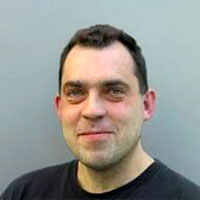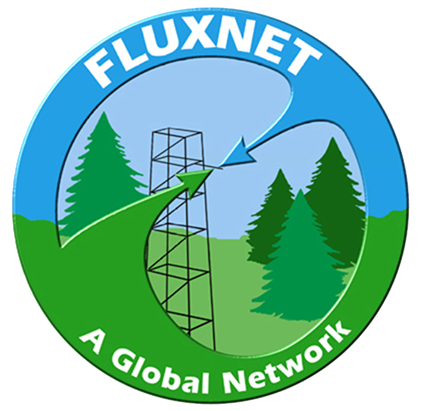Today, we interview Timo Vesala, an Academy of Finland, Professor at the University of Helsinki. Timo has been a member of the Fluxnet community since the earliest days, so we thought it would be great to the the perspective of one of the senior scientists.
His research efforts are on biosphere feedback to climate. Vesala’s research project has three main objectives: 1) to quantify the importance of the mechanisms determining the gas exchange between the studied system and the air; 2) to quantify how important the more detailed description of transport phenomena and phase transitions is for righter process description; and 3) to provide new field observation data and tested process models combining transport phenomena, phase transitions and metabolic processes to be further utilized in earth system models.

1. As an original member of Euroflux, what was your expectation of long term flux work circa 1997 and how has it changed over the past 2 decades?
I was beginner with the flux work at that time. My group had collected about 1 year data set and was running only one site. I was just excited on the work and didn’t have any pronounced expectations, only happy to get the chance to start something new, in the community new for me. I would lie if I said now that I was able to foresee where everything was leading to. Now after 2 decades, it is interesting to see how from something relatively small can grow something big and broadly important when there are
ambitious people working with something they enjoy and supporting each other.
2. As an early adopter of the eddy covariance method, what were some of the biggest challenges and obstacles that you faced in applying the eddy covariance method in the boreal forest, when you started with this project?
I asked this question over lunch with the technicians, and two of them were already involved with our measurements that time. They remember how it was first difficult to get a good programme for data collection and processing. There were few around that time but it wasn’t straightforward to use them and soon we made our own code. In addition, we were struggling with the winter-time measurements requiring heating for an anemometer, well, the problem is still there, especially since ICOS selected Gill
(without option for Metek), which doesn’t have yet heating.
3. What have been some of the surprises or exciting findings of your research in Finland?
I remember that when I saw first time data coming from the set-up in the field, I was wondering how come from those up-and-down popping numbers we get somethings which is indeed a flux. It’s still fascinating, when we started carbonyl sulphide flux measurements few years ago, I had the same
feeling of excitement and wonder again. It has been also interesting to see many times how the small plot of our pine forest behaves like the rest of boreal region, like in the studies related to effects of warm autumns on carbon balance. We have made also thinning of the forest (c. 30% of biomass removed), and we found that the fluxes of CO2, H2O and O3 were not changed (within limits of EC accuracy) but aerosol deposition was decreased. It was first controversial but not anymore once we thought and
analysed more.
4. What advice would you give to young scientists working with flux data in 2016?
Try to know your own data and site like your own pockets and make studies only on your own site, but aim to make also “synthesis studies” utilising data from tens of sites since maybe the most exciting findings are there. Aim also to versatility, e.g. working with several substances, since combining things often brings synergic benefits, I already mentioned thinning above and we wouldn’t end up with so consistent conclusions if we hadn’t measured O3 and aerosols beside CO2 and H2O.
5. What are some of the big outstanding questions or problems we face as a flux community?
We still don’t know the effect of advection, when the vertical and horizontal advection are significant and if they are, how to deal with them. We don’t know yet the reason(s) for imbalance in the energy closure.
Trivial, and eternal problem is to guarantee that the present community has funding to continue in the long-term manner. Beside that we need also make the network denser, to get more knowledge on ecosystems/surfaces like urban environment and aquatic systems/lakes.
